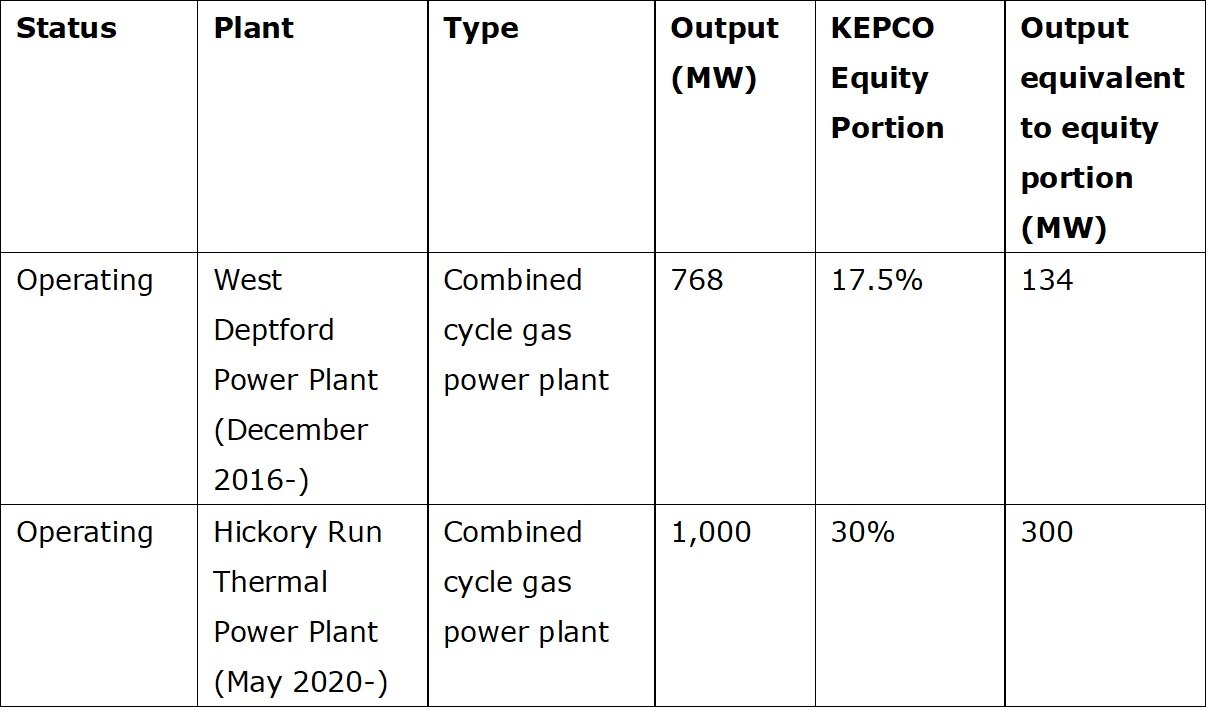On June 30, 2020, the U.S. Department of Commerce announced the results of its antidumping duty and countervailing duty investigations into importers of wind towers from Canada, Indonesia, South Korea (antidumping only), and Vietnam.[1] According to the Department of Commerce, importers of wind towers from these countries sold their products at less than fair value in the United States. Antidumping duties prevent products manufactured overseas from being sold by foreign firms in the U.S. at "less than fair value.” Countervailing duties attempt to offset the subsidies that foreign governments provide for some exporting firms by imposing duties on the goods exported to the U.S. According to the Department of Commerce, the four countries combined accounted for about 76% of all imported utility-scale wind towers in 2019, or about $350 million worth. The Department of Commerce recommended tariffs ranging from roughly 5% (Korean imports) to 66% (Vietnamese imports) of the value of the imports. Those fees would go into effect if the U.S. International Trade Commission decides to support the recommendation in August 2020.
The Department of Commerce investigation stems from a request made in July 2019 by the Wind Tower Trade Coalition (WTTC), which argued that imports were undercutting U.S. producers. However, a majority of the wind industry oppose the request. The American Wind Energy Association (AWEA) has warned that the request would raise the average cost of wind turbines by 10% to 18%.[2]
[1] https://www.trade.gov/press-release/us-department-commerce-finds-dumping-and-countervailable-subsidization-imports-0
[2] https://www.awea.org/Awea/media/Resources/Fact%20Sheets/AWEA_Tariffs-Put-Jobs-at-Risk-FINAL.pdf



